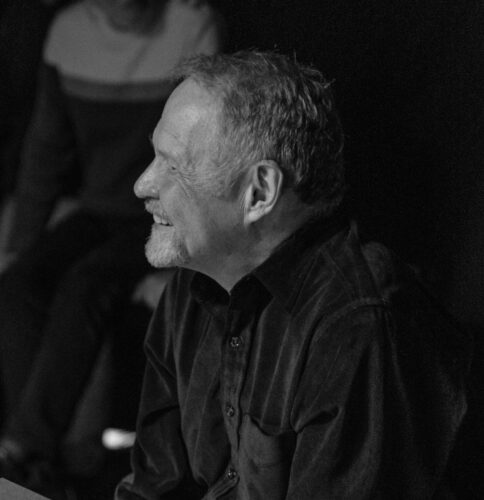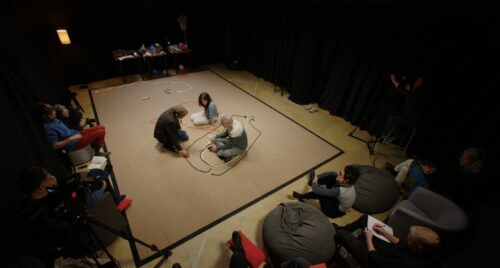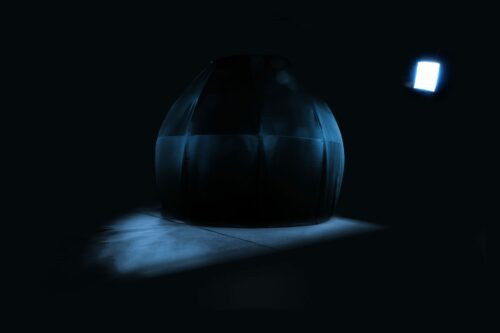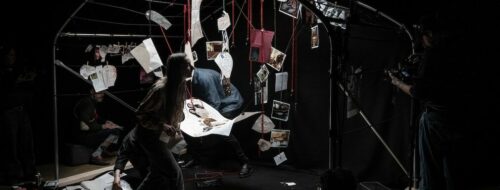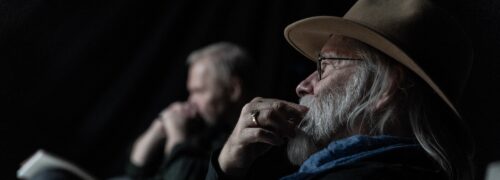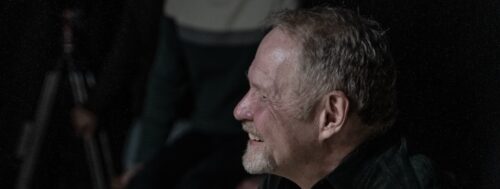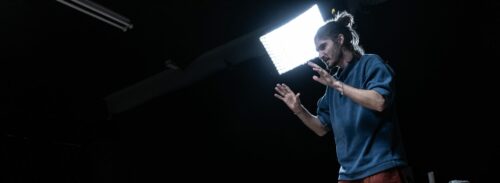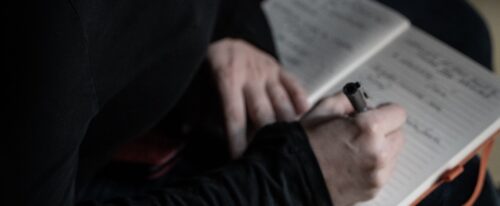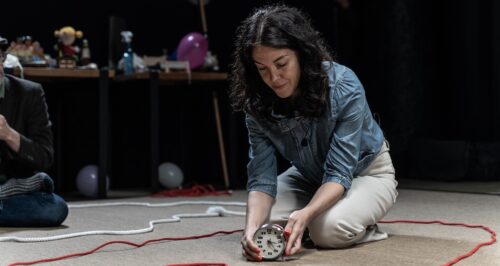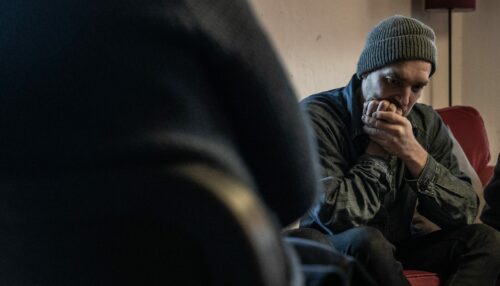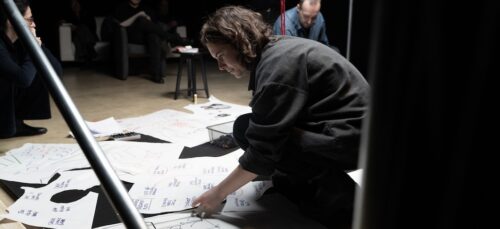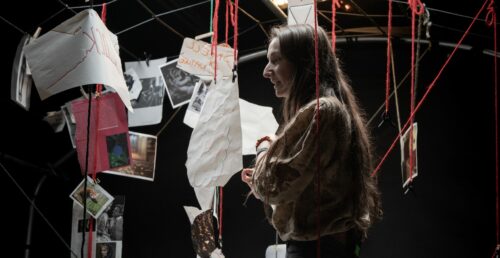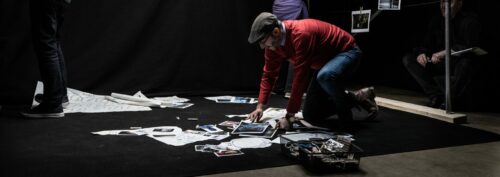Michael Hanchett-Hanson
Michael Hanchett-Hanson is a developmental psychologist, Director of the Masters “Concentration in Creativity and Cognition” at Teachers College, Columbia University; a founding board member and Secretary of the International Society for the Study of Creativity and Innovation (ISSCI); Executive Editor of the Routledge Creativity in Practice series; and President of Contexts R+D Inc. Michael is one of the leading advocates for the participatory framework of creativity, which looks at development of creativity within complex social and material systems. He has written on educational practices, the history of the construct of creativity within psychology; the ideological uses and dangers of the construct; creative practices in the construction of the self, and the pros and cons of educators’ use of the idea of creativity.
The experience was offered to six screenwriters or filmmakers from six different European countries. Here, the StoryTANK provides an opportunity to explore and shed light on the creative process.
Below, a debrief by Michael Hanchett-Hanson, as he reflects on his experience.
DISSOCIATING AND ASSOCIATING THE COMPONENTS OF A STORY
“It’s the concept of the rhizome that is fundamental to the creation of a story.”
In story composition, as with L. S. Vygotsky on the imagination, there is a continual dissociation and association/recombination. The idea is to remove an element from its context and place it elsewhere, which undeniably makes you think diff erently. It’s the concept of the rhizome that is fundamental to the creation of a story. We constantly build a map of word associations, which we disassemble and reconstruct. en we cut and put everything back together, then we take the things we’ve assembled. And we continually build. In the creative process, particularly in story composition, we must allow the author to access an unconscious, that urgency that drives us to do things, without overthinking, in an immersive way. The stages of narrative composition, thought of as a rhizomic whole, are essential for unfolding a story.
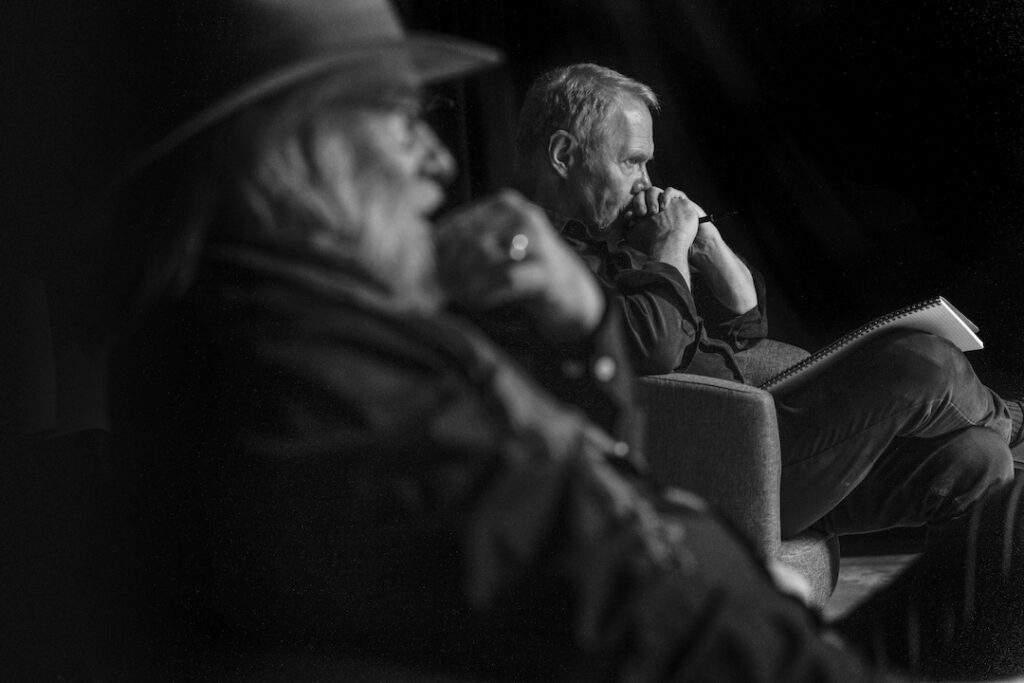
NARRATIVE AS A SELF-GENERATING WORK ?
“When you write, there comes a moment, quite quickly, when the work itself becomes an actor in the process.”
When you write, there comes a moment, quite quickly, when the work itself becomes an actor in the process. Letting the narrative itself become the source of its own development, like a self-generating machine.
THE CAVE
GRUBER’S THEORY ON CONSTRUCTIVE REPETITION
“The fluctuations, the amplifications of the deviations emerge.”
Within the Cave, the idea that Howard E. Gruber and several other creativity researchers have explored can be deployed: constructive repetition. If you do something again and again, very quickly—and I always think of Van Gogh, who painted Sunflowers very quickly—you don’t have time to correct yourself. us, the fluctuations, the amplifications, the deviations emerge. By moving very quickly from one thing to another, again and again, you explore, even more, the narrative in composition.
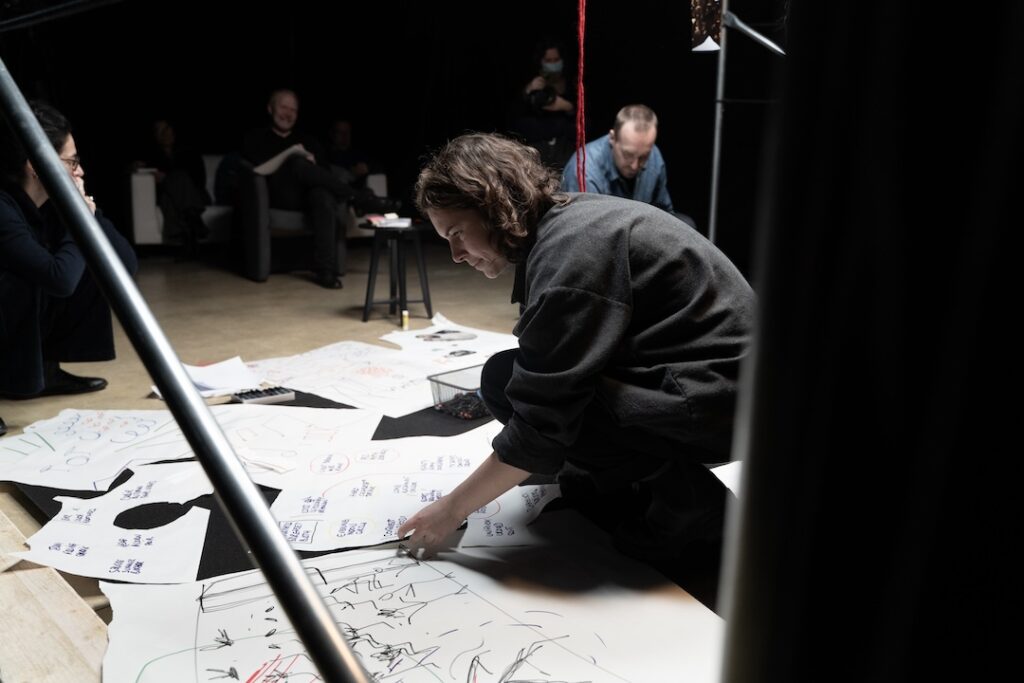
THE FACTORY OF WORLDS
GIVING TEXTURE TO THE STORY
“What is remarkable, throughout the experimental designs of THE FACTORY OF WORLDS, is the ability to listen to the world.”
What is remarkable, throughout the experimental designs of THE FACTORY OF WORLDS, is the ability to listen to the world, to have this capacity to truly see what one produces and to understand how this inner vision is expressed externally, and how this expression informs the way in which one begins to think about the story.
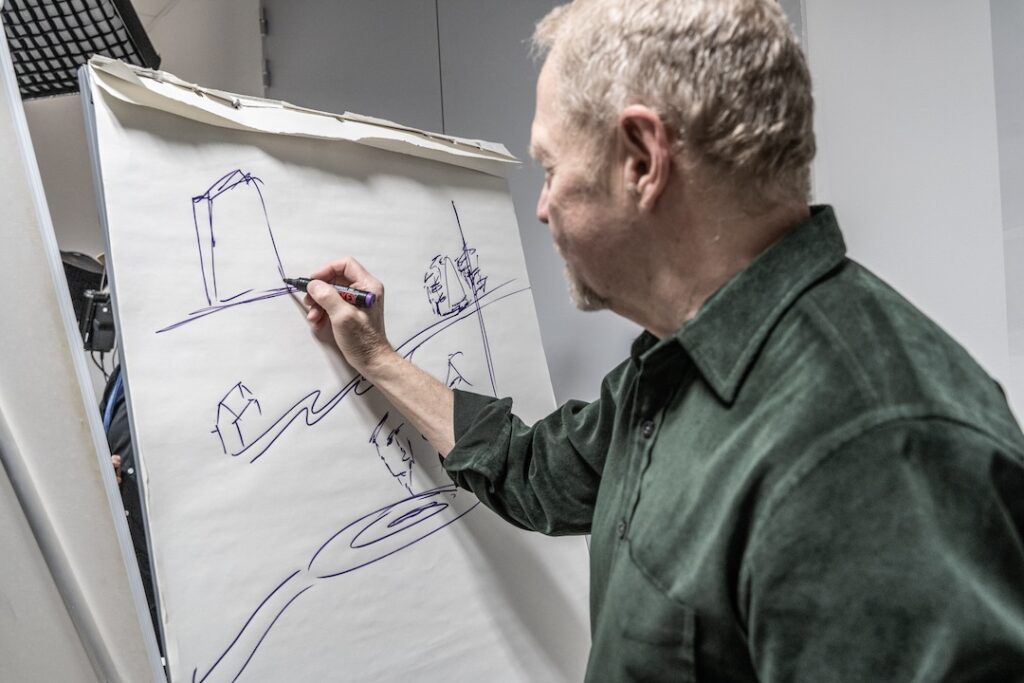
UNDERSTANDING HOW THE NARRATIVE IS COMPOSED
“ Throughout the experiences, a kind of narrative music is collectively created, where everyone expresses themselves within the overall process, with a more or less instrumental and percussive rhythm.”
In THE FACTORY OF WORLDS, through the experiences, a kind of narrative music is collectively created, where everyone expresses themselves within the overall process, with a more or less instrumental and percussive rhythm: there is probably no right answer, but what matters is understanding how music, and therefore narrative, works. Understanding what happens when we do very short things, longer ones, and observing how people interact.
